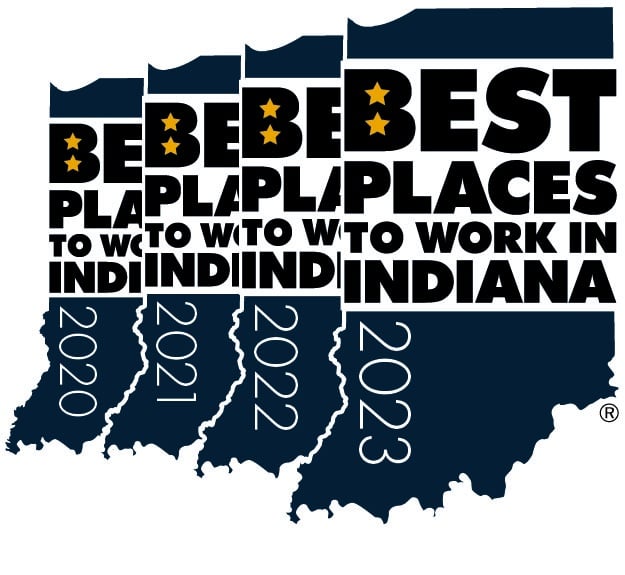Purchasing Coalitions: Limit Expenses By Spreading Risk
BY RYAN SPENCER

For small to mid-sized employers, acquiring benefits can be an expensive endeavor. With only a few people on staff, the business has limited negotiating power, and a single individual with cancer or another major illness can significantly increase the rates for everyone on the plan. In the worst conditions, these businesses could see their premiums increase more 20% in a single year, putting a huge strain on company financials.
As a cost-containment strategy, many businesses—even large employers—join group purchasing coalitions to limit price increases. In a purchasing coalition, disparate businesses join together to purchase benefits in bulk.
Simply banding together is not enough, however. Purely relying on purchasing power with size can improve fixed costs, but claims are still 80-90% of a company’s healthcare spend. This is why it’s critical for coalitions to ensure everyone involved actively works to contain costs. If each participant takes strides to manage expenses, everyone wins. In some cases, the coalition’s size and cost reduction ambitions may prevent rates from increasing at all.
Benefits of Purchasing Coalitions
There are three major benefits to joining a benefits purchase coalition:
- Diversification. When you spread out the risk across multiple companies, you insulate yourself from the financial hit a single claimant can have on an organization. For example, a business with 50 employees could be severely impacted when a single employee receives a cancer diagnosis, but a group with 5,000 employees is impacted less because there is a spread of risk.
- Increased purchasing power. Together, small businesses can increase their purchasing power. With a larger number of people involved, groups can purchase in bulk, reducing overall costs.
- Benefits become variable costs. Inside a purchasing coalition, it’s possible to receive a return or dividend at the end of the year if the entire premium isn’t used. This prevents the entire premium from being lost, and it can potentially put money back into your business.
Purchasing Coalitions in Action
In one of our purchasing coalitions, an engineering company, a turkey farm, and a shared services company all banded together to purchase health benefits. In working together, the law of large numbers works in their favor. It automatically increases their purchasing power because of their combined workforce while making the risk more predictable, thus reducing the overall risk for each individual company.
Even better, each company has individually committed to reducing their risk. In working together and sharing their good ideas, they’ll simultaneously reduce the coalition’s overall risk even further over time.
With everyone on the same page, these disparate businesses will work together to keep increases minimal year over year.
For smaller or even medium businesses, the alternative can be much more expensive. Even when a small company works hard to limit risk through multiple health programs, they don’t have the population necessary to spread risk or purchase in bulk. With these variables stacked against them, they open themselves to greater risks and volatility.
If a company is already doing everything possible to contain costs, they’ve likely already reduced their expenses as much as possible on their own. In many cases, a purchasing coalition is the next step to drive costs down even further and drive toward a sustainable offering.












